Cappadocia isn’t your typical nomad hub. Instead, it’s famous for something else entirely: hundreds of balloons rising at dawn, valleys carved by volcanic rock, cave homes stacked into cliffsides. This is a place built for visitors. Tour buses pull in daily, rooftop terraces fill with tripods before sunrise, and every shop seems to sell the same lanterns, rugs, or ceramics.
At first glance, it can feel impossible to imagine a work rhythm here. Everything seems oriented toward those who are passing through for a night or two, not those trying to stay a month. And yet—if you settle in, you start to see it differently.
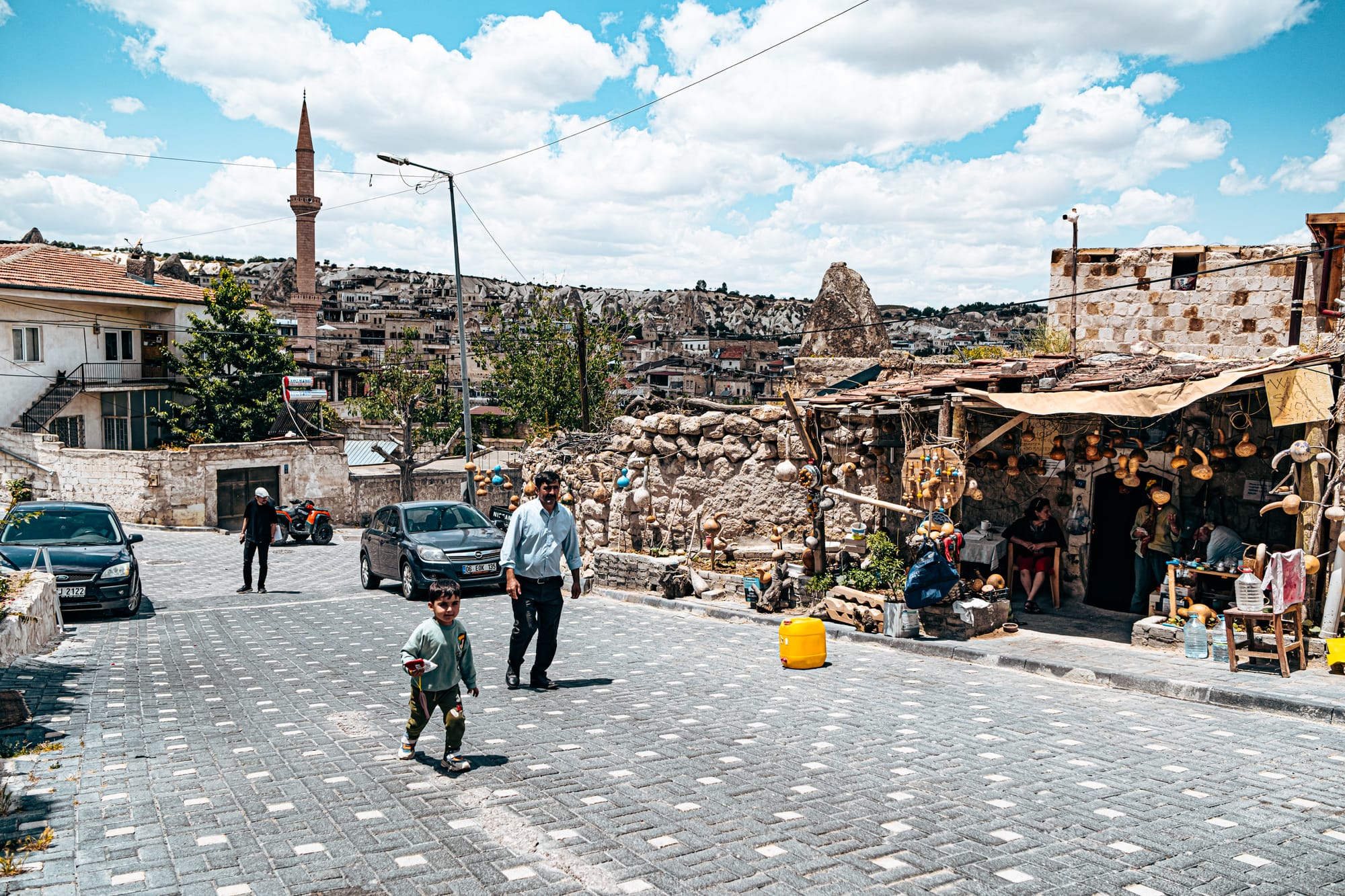
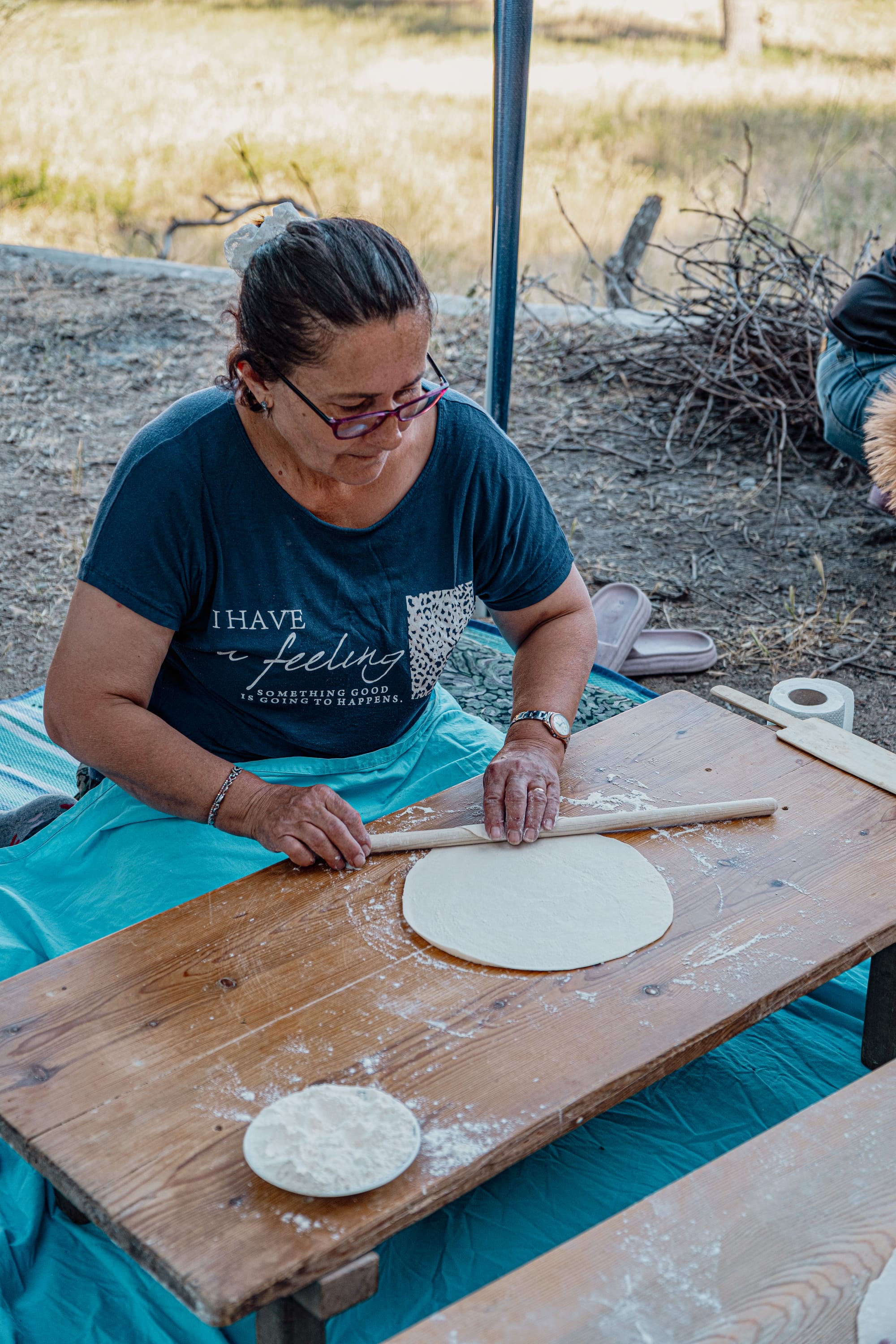
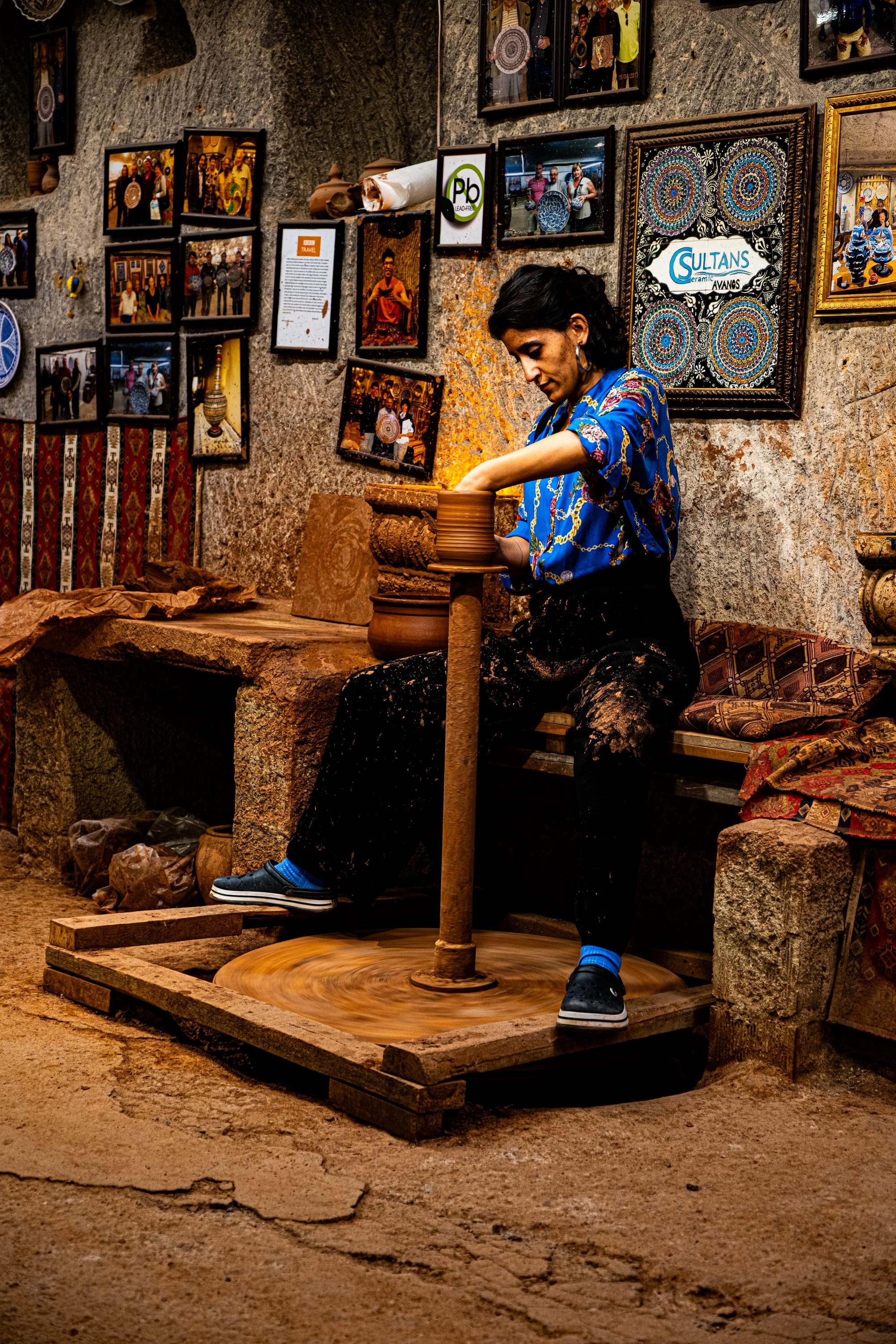
Everyday craft in Cappadocia—gözleme rolled by hand, clay shaped on a potter’s wheel
Behind the tour groups, there’s a slower life. Göreme’s backstreets are lined with low stone houses and small groceries. In Uçhisar, children play in alleyways while elders gather outside cave homes turned into pensions. In Avanos, potters keep their workshops open long after the tourists leave, clay still spinning beneath their hands. Stay long enough, and a different rhythm emerges.
Workdays shaped by stone and sky
Remote work in Cappadocia isn’t about finding the perfect desk. It’s about folding your laptop into whatever space the day allows. One morning, you’re perched on the rooftop of a cave hotel, typing between bursts of staring at the sky as balloons drift past. Another afternoon, you’ve found a shaded café in Ürgüp, where the wifi is just steady enough and the tea glasses clink in steady rhythm around you.
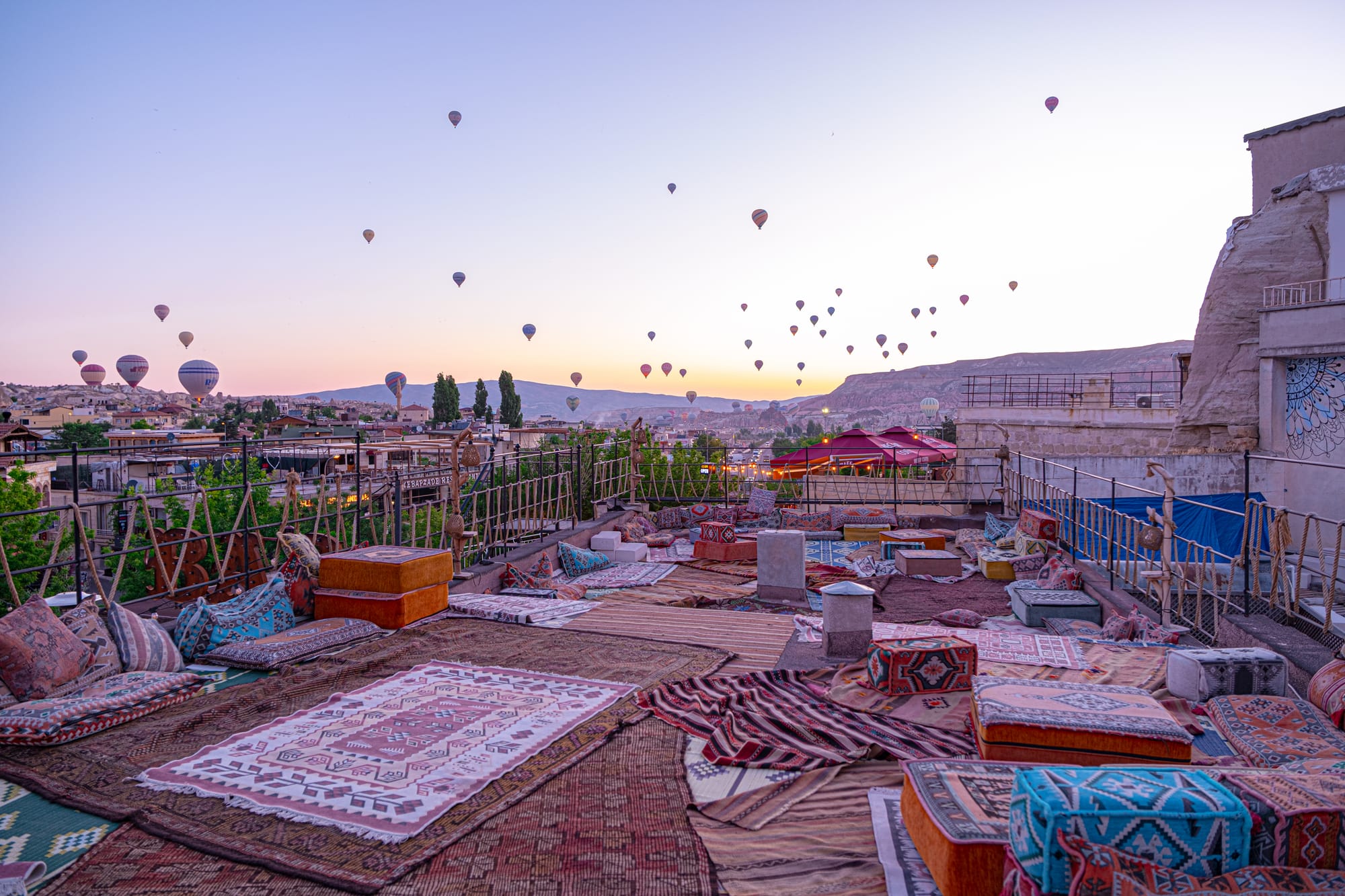
The infrastructure is fragile. Power cuts happen. The internet is uneven. But that imperfection becomes part of the texture of being here. It slows you down, forces you to adapt, and keeps your days porous—part work, part wandering, part waiting for the connection to return.
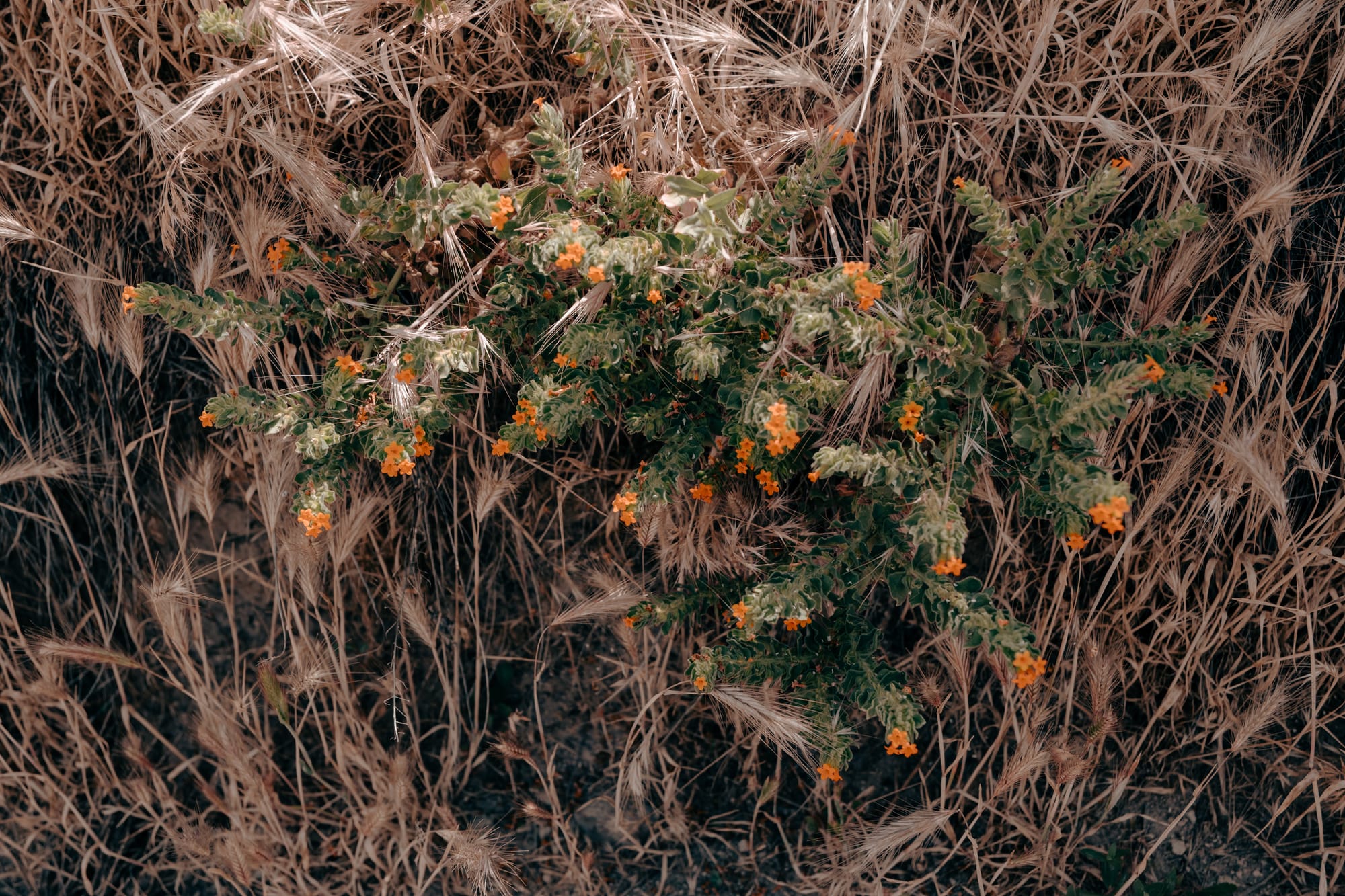
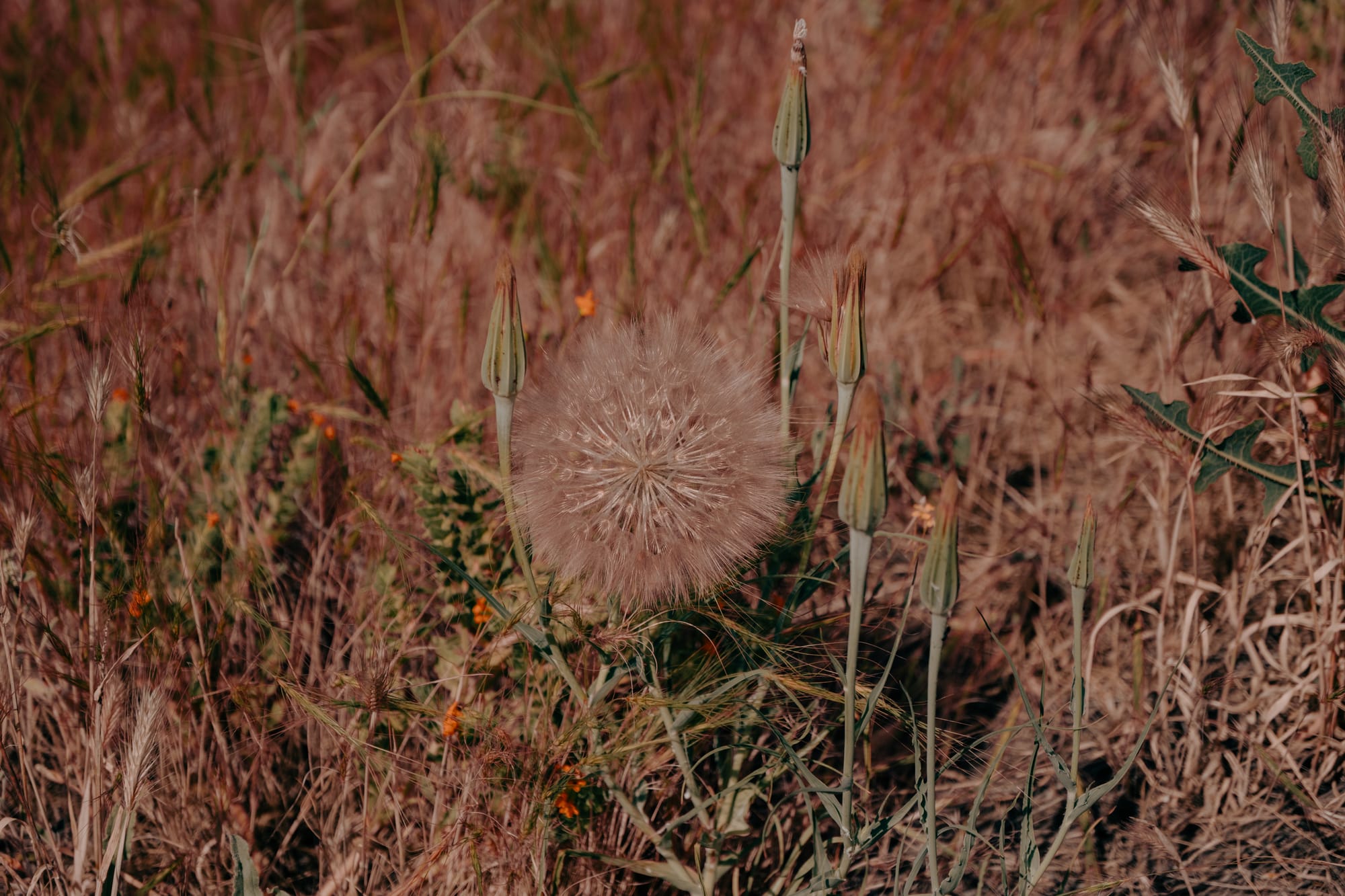
Wild textures of Cappadocia—thorny blooms and dried grasses catching the valley light
Evenings are often best spent outside. A terrace with friends, or even alone, watching the cliffs fade violet as the sun drops. The stone holds the day’s warmth, and work feels like it naturally dissolves into the horizon.
A landscape made for walking
If Istanbul pulls you across its neighborhoods, Cappadocia pulls you into its valleys. Hiking isn’t a weekend extra here—it’s the core of daily life.
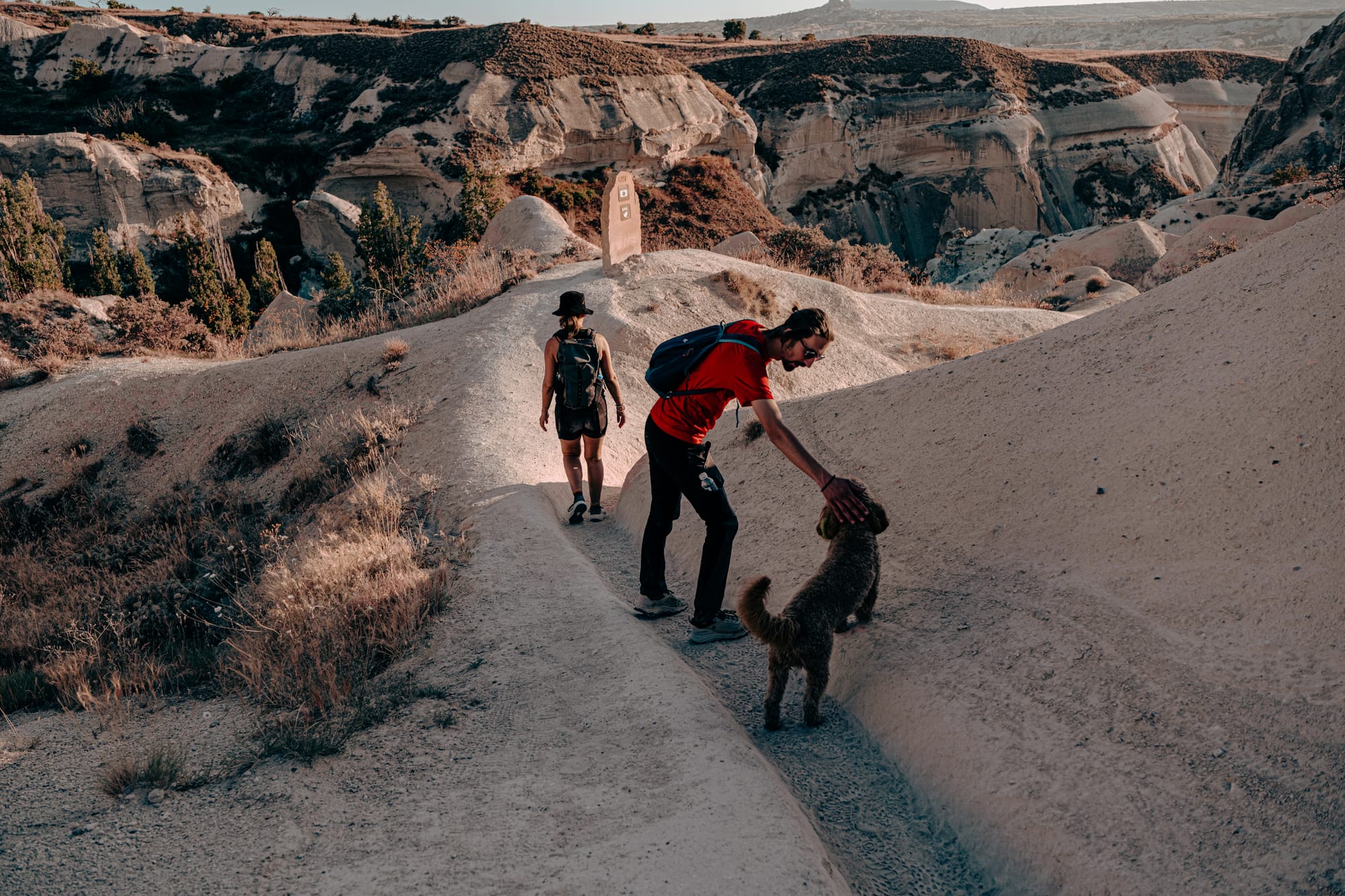
Trails cut through Rose Valley, Red Valley, Pigeon Valley, Love Valley, White Valley...the list goes on. You pass fairy chimneys, cave churches with frescoes half-faded by centuries, orchards hidden deep in the canyons.
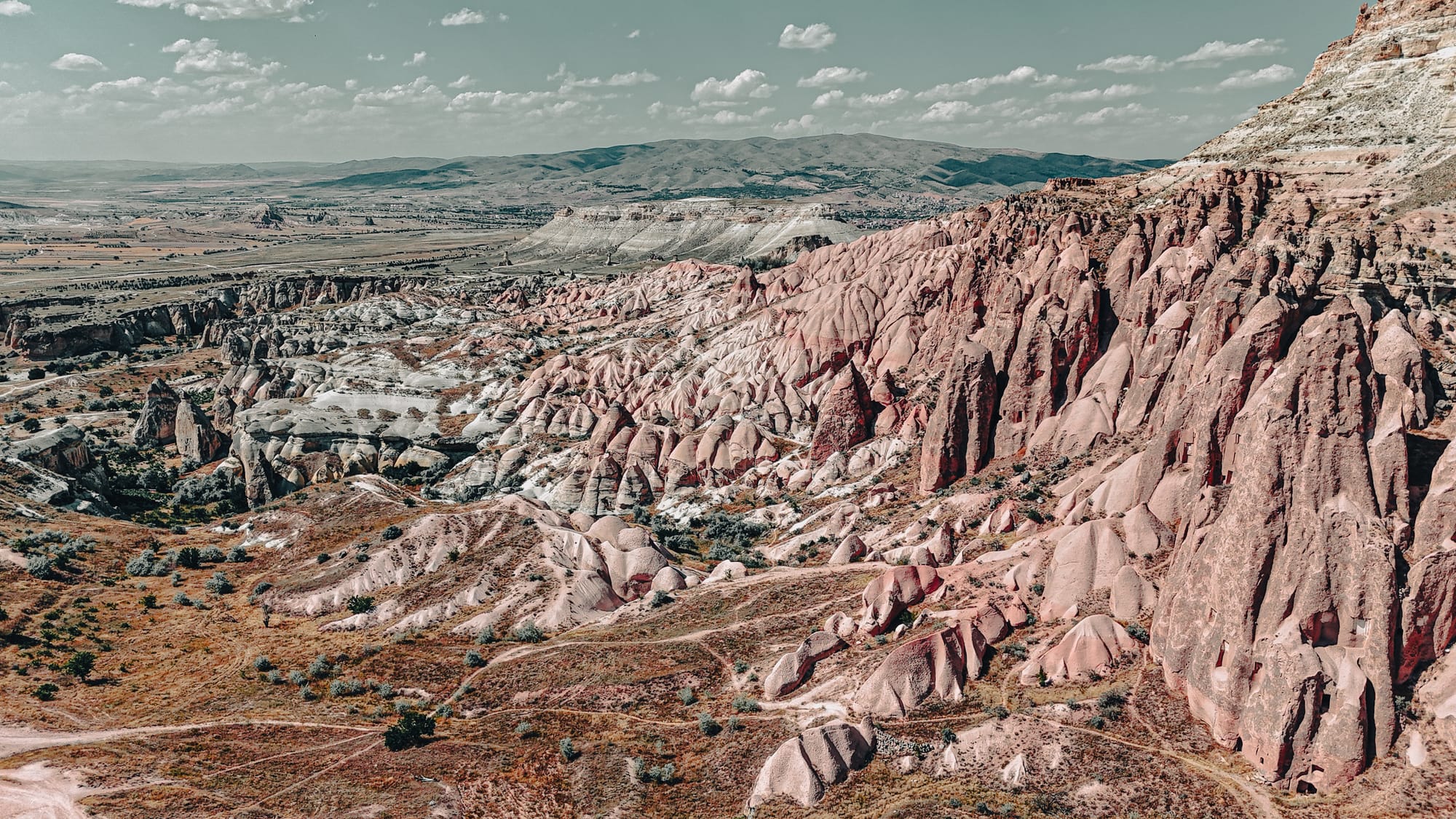
The terrain itself asks you to slow down: paths climb steeply, then drop into soft dust, then open suddenly into wide amphitheaters of rock.
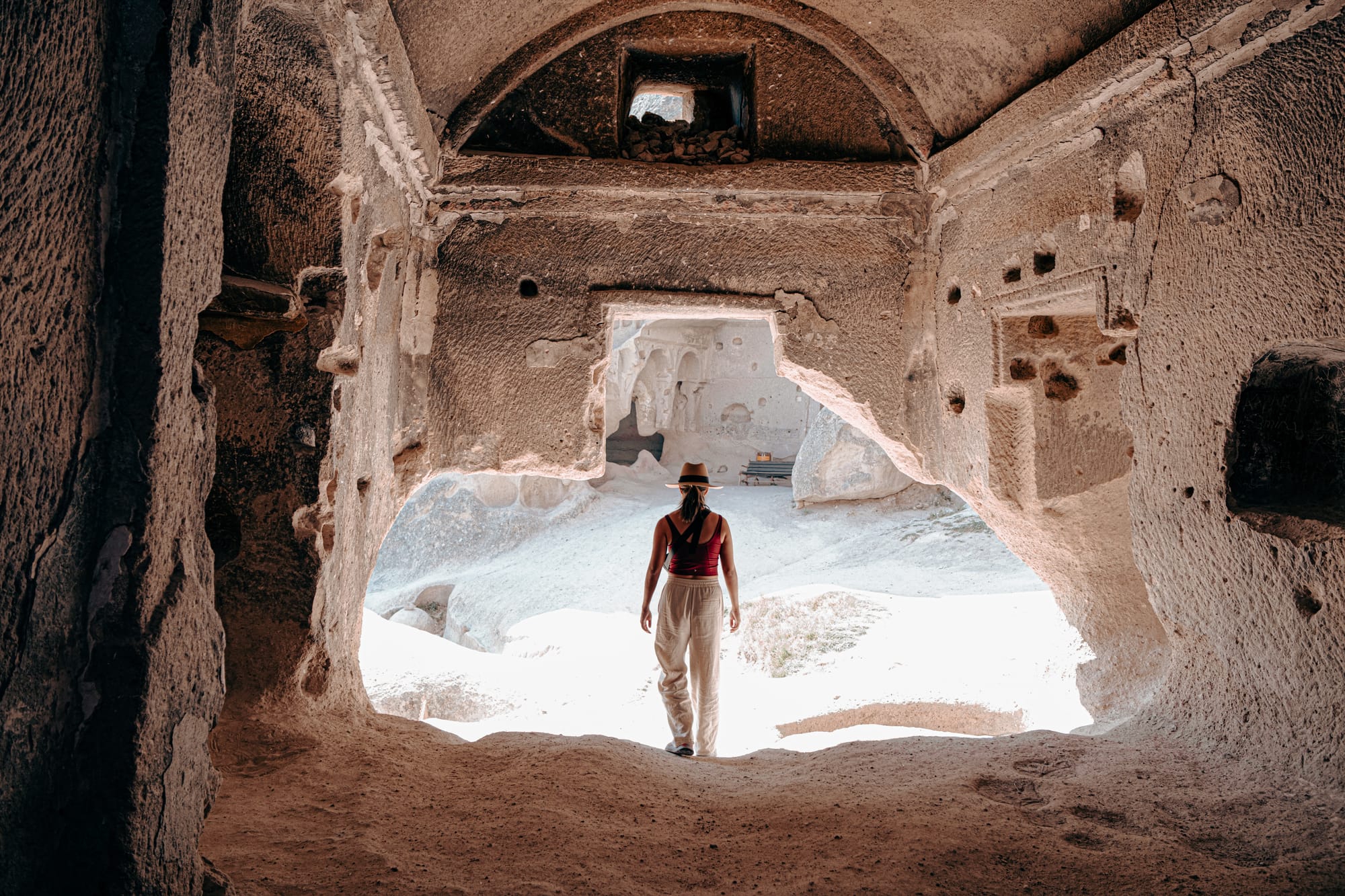
Some days, you return from a hike dusty and tired before sitting down to answer messages; other days, the trail is your entire afternoon.
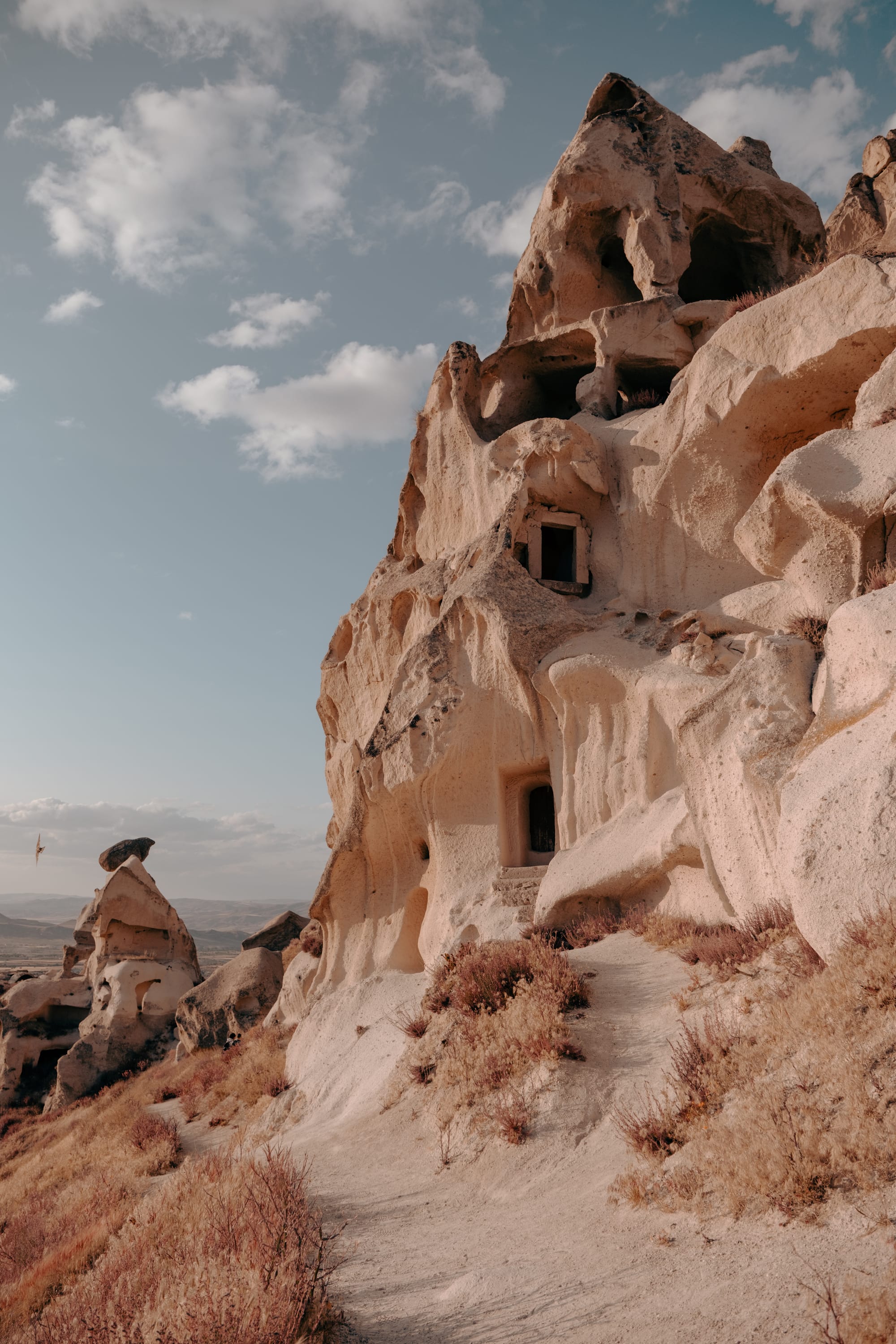
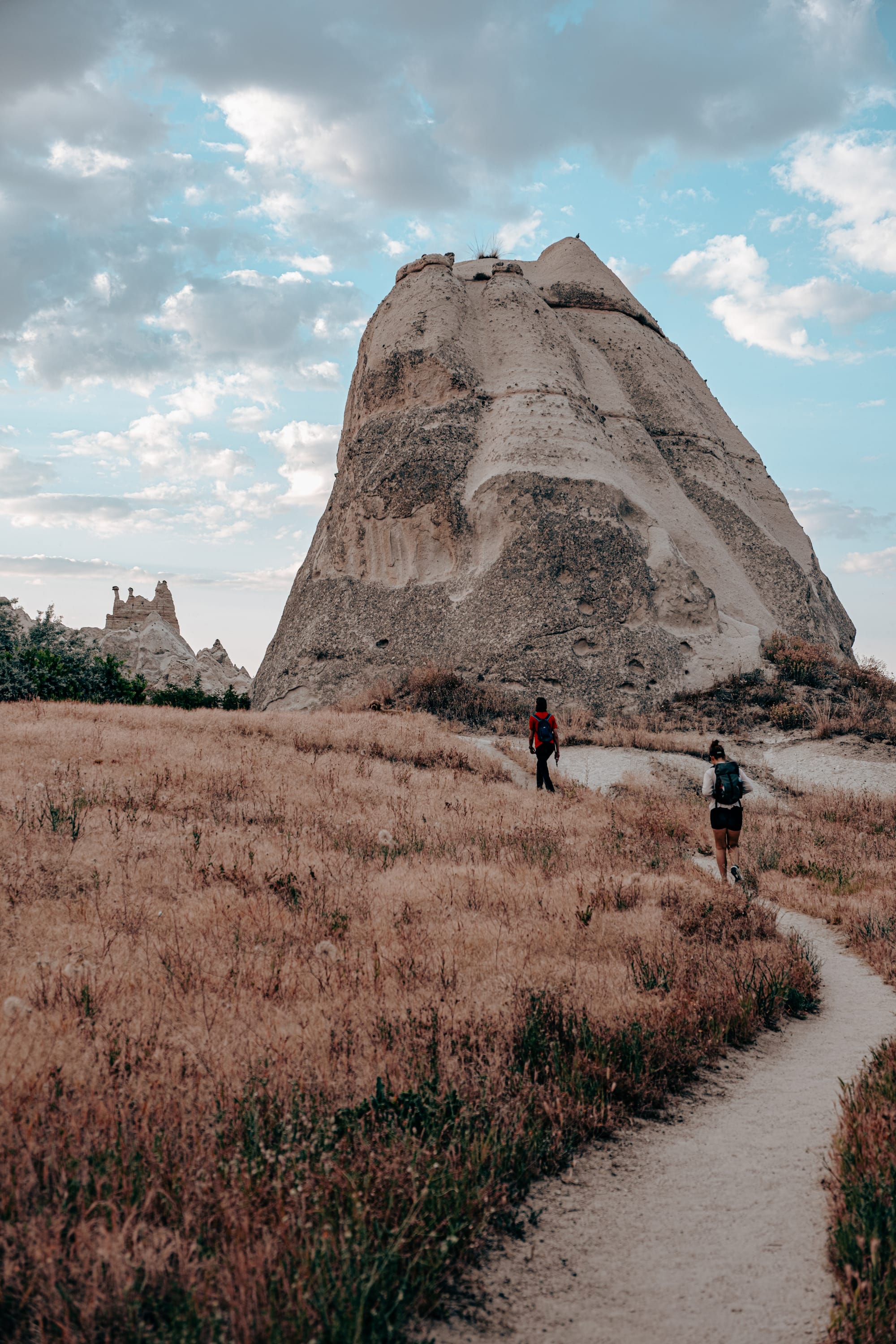
Cappadocia’s cave-carved cliffs and towering tuff formations
Living here means the landscape becomes your second office—not in a productivity sense, but in how it shapes your rhythm. Walking is where you think, reset, digest. The valleys carve their own space into your days.
Life beneath the balloons
Tourism is everywhere in Cappadocia, and it would be dishonest to pretend otherwise. But if you stay long enough, the edges blur. You begin to know the shopkeepers on your street, who wave each morning. You notice the weekly rhythm of markets, where locals fill baskets with grapes and walnuts. You learn which baker sells bread still warm in the afternoons, and which tea garden fills with neighbors instead of tour groups.
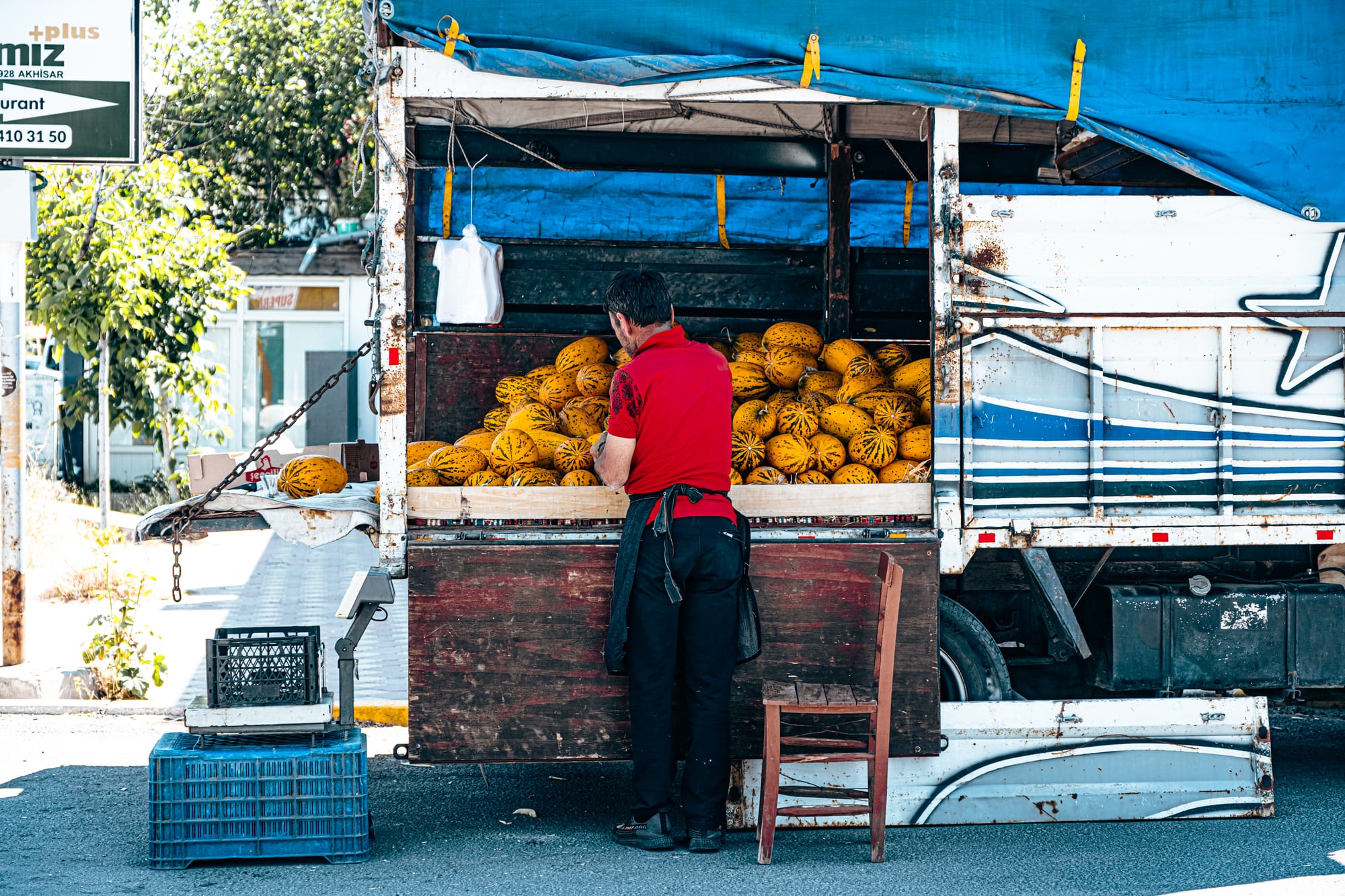
Avanos, with its riverside cafés and pottery workshops, carries an everyday hum long after the buses leave. Ortahisar’s square, framed by its towering rock castle, hosts evenings of quiet conversation under hanging lights. Even in Göreme, behind the restaurants and balloon agencies, you find small courtyards where life moves at a slower pace.
A nomad life, carved differently
To live in Cappadocia as a digital nomad is to accept its frictions. The wifi will cut out when you least expect it. Video calls are a gamble. Cafés open late and close early, and sometimes the power flickers just as you’re finding your flow. Days here don’t run on a neat schedule—they stretch and bend according to the valley’s light, the wind that determines whether balloons fly, and the uneven pulse of a region that orbits tourism. And yet, those same frictions become the shape of life, teaching you to let go of efficiency and to lean into presence.
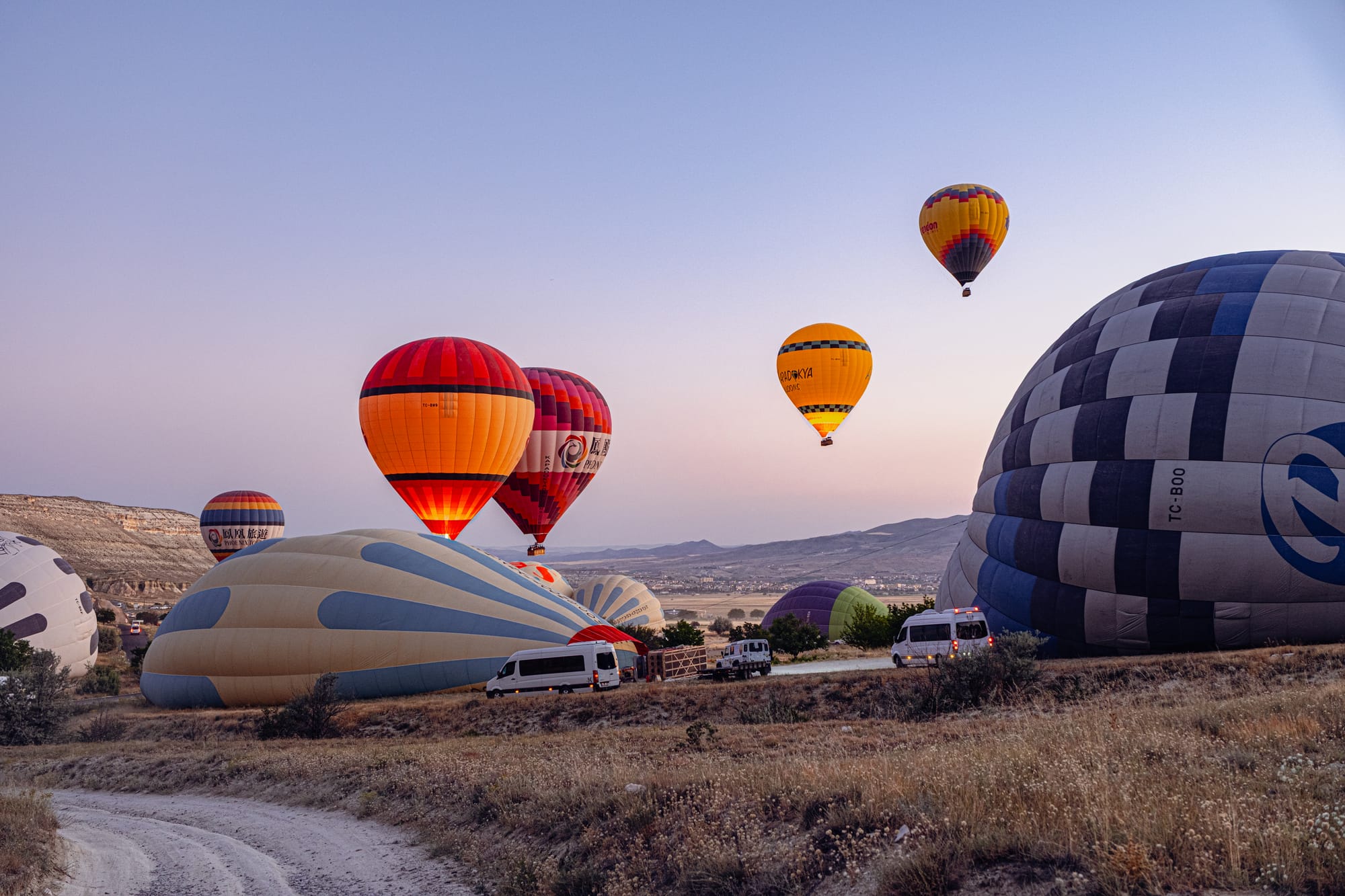
What you receive in exchange is something rare: mornings that feel entirely otherworldly. Instead of alarm clocks or traffic, you wake to silence broken only by the low rush of burners filling the first balloons. One by one, their silhouettes lift into the half-light, colors brightening as the sun pushes above the ridges. From your rooftop, wrapped in a blanket with tea steaming at your side, you watch the valley fill—not with cars or noise, but with hundreds of drifting orbs rising weightless into the sky. It is impossible to be in a rush after such a beginning.
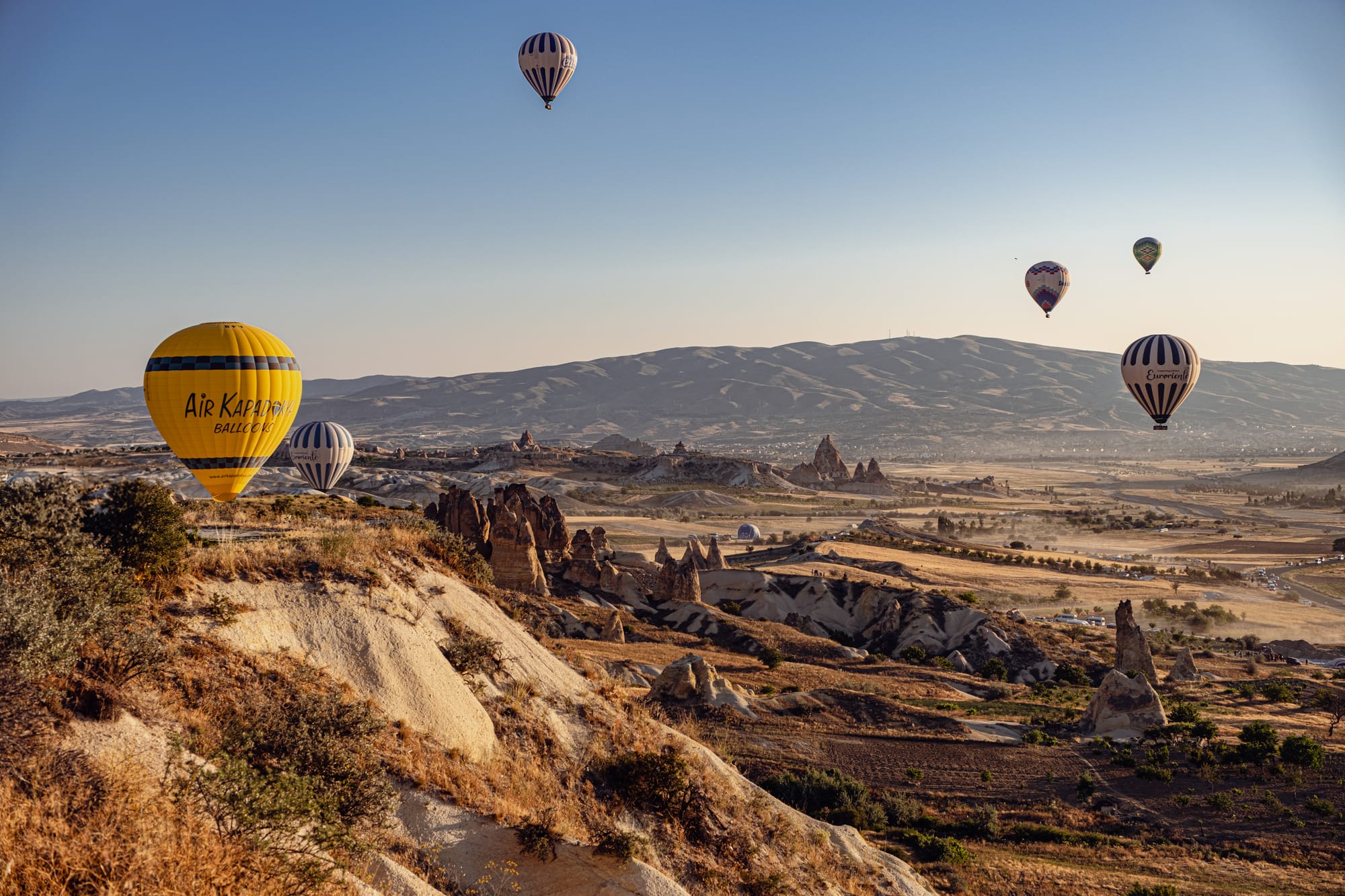
Work, when it happens, feels folded into this rhythm. You answer emails in the soft light of dawn, pausing to glance up as another balloon drifts overhead. By mid-morning, the tourist buses have arrived and the streets hum with movement—but if you wander into the back lanes of Göreme or Uçhisar, life slows again.
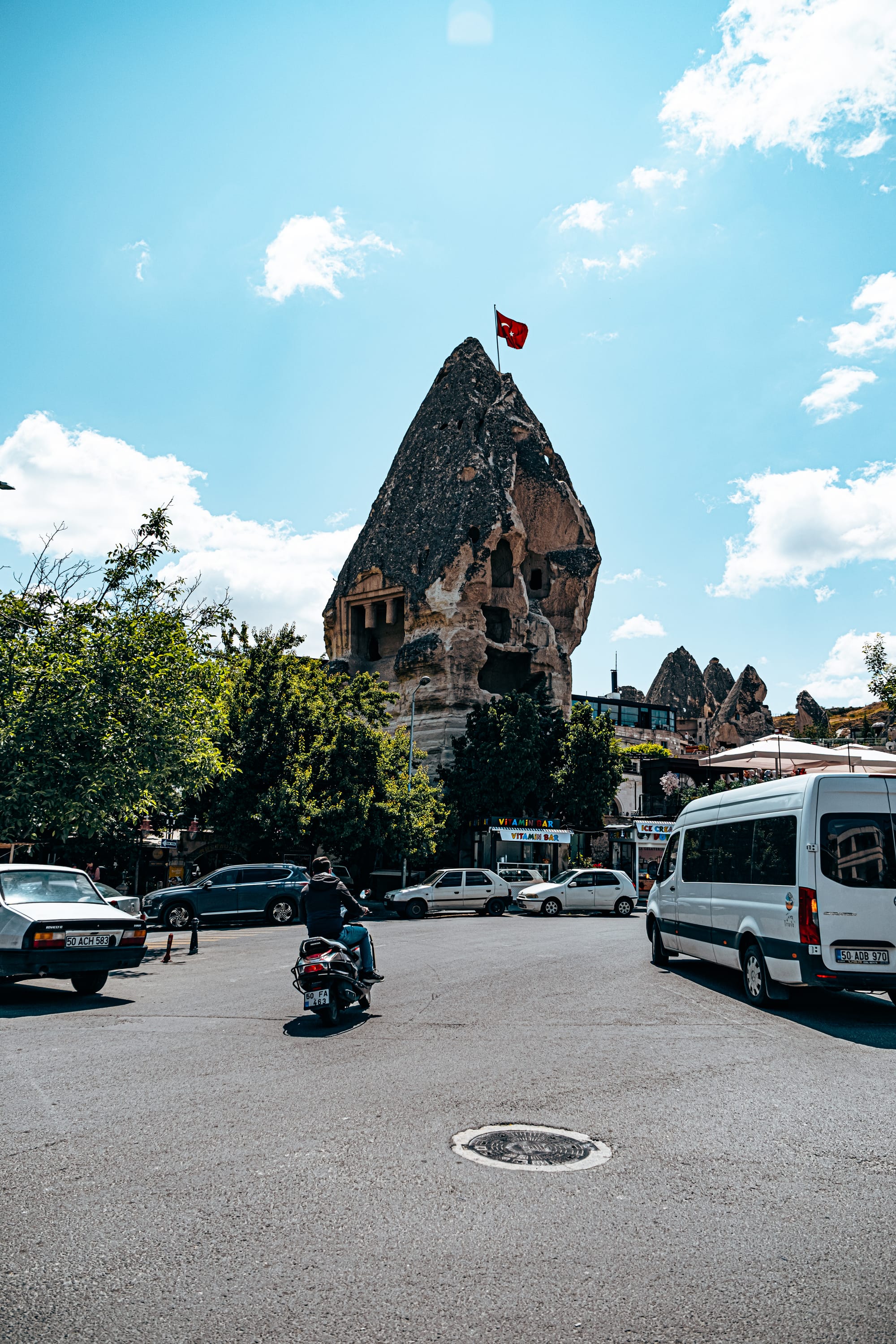
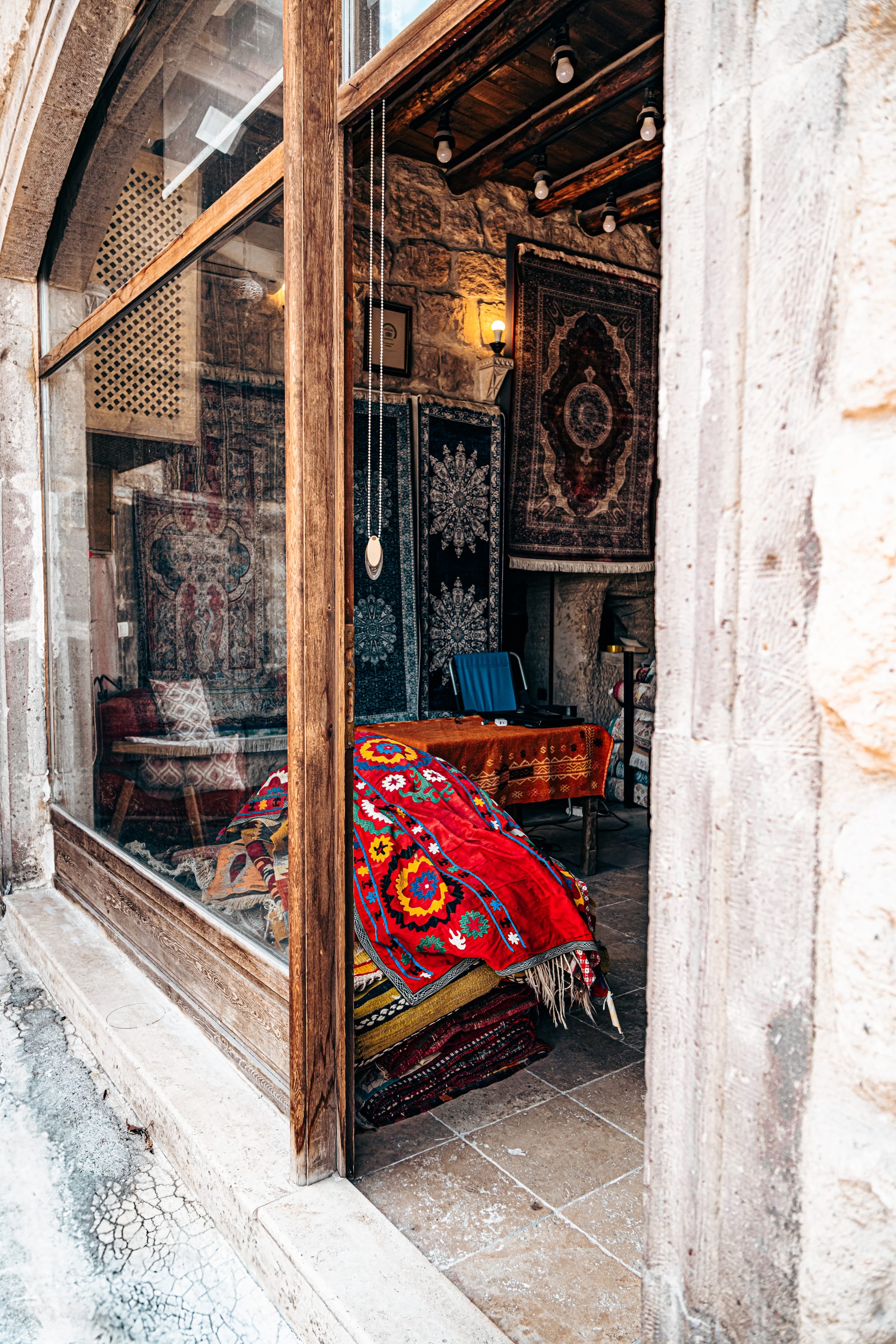
Göreme street scenes
Children chase each other through dusty alleys. Neighbors sit in doorways, chatting over tea. The fruit seller greets you with grapes or apricots still warm from the sun. You realize that here, even errands stretch into encounters, and every detour becomes a small thread in the fabric of your day.
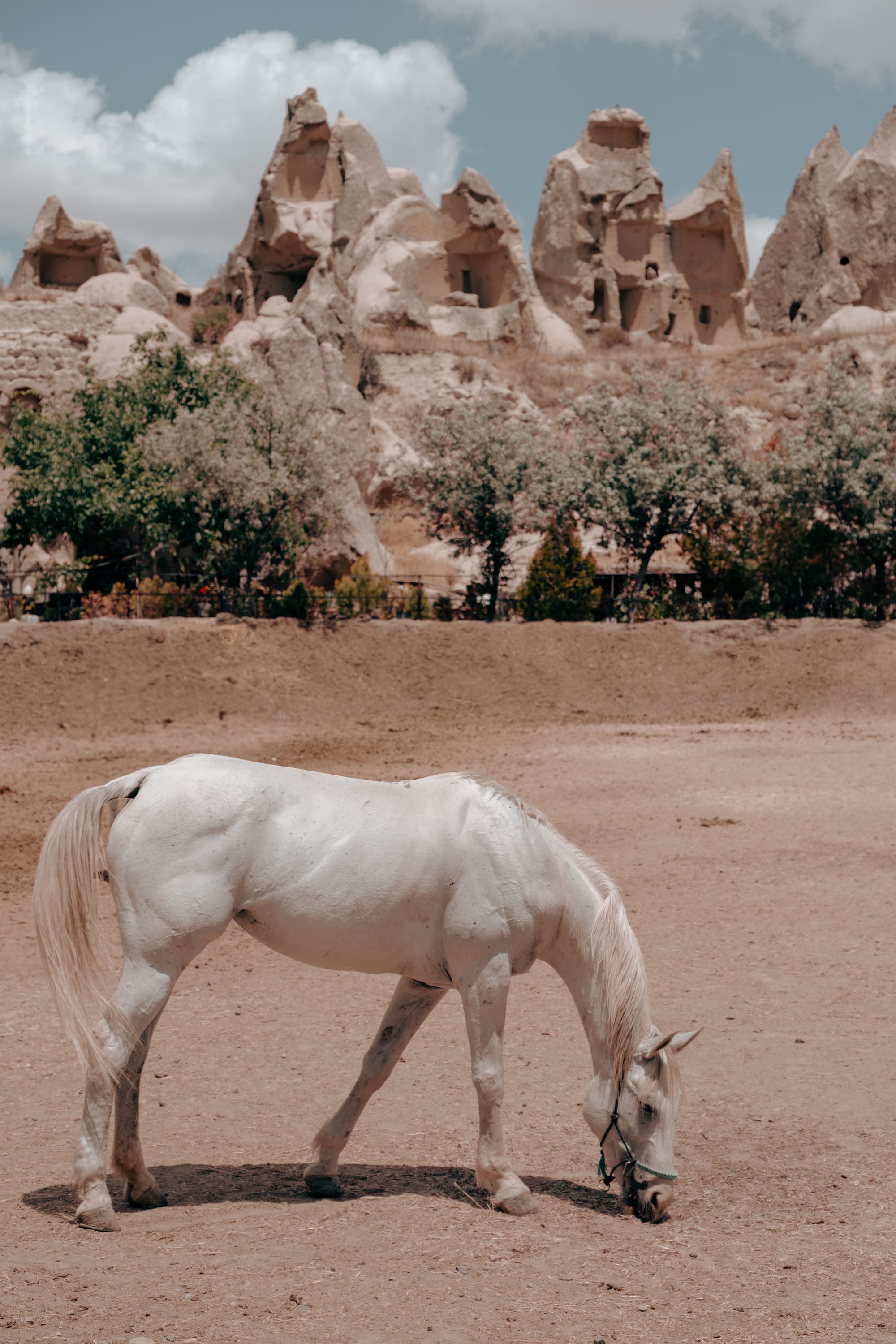
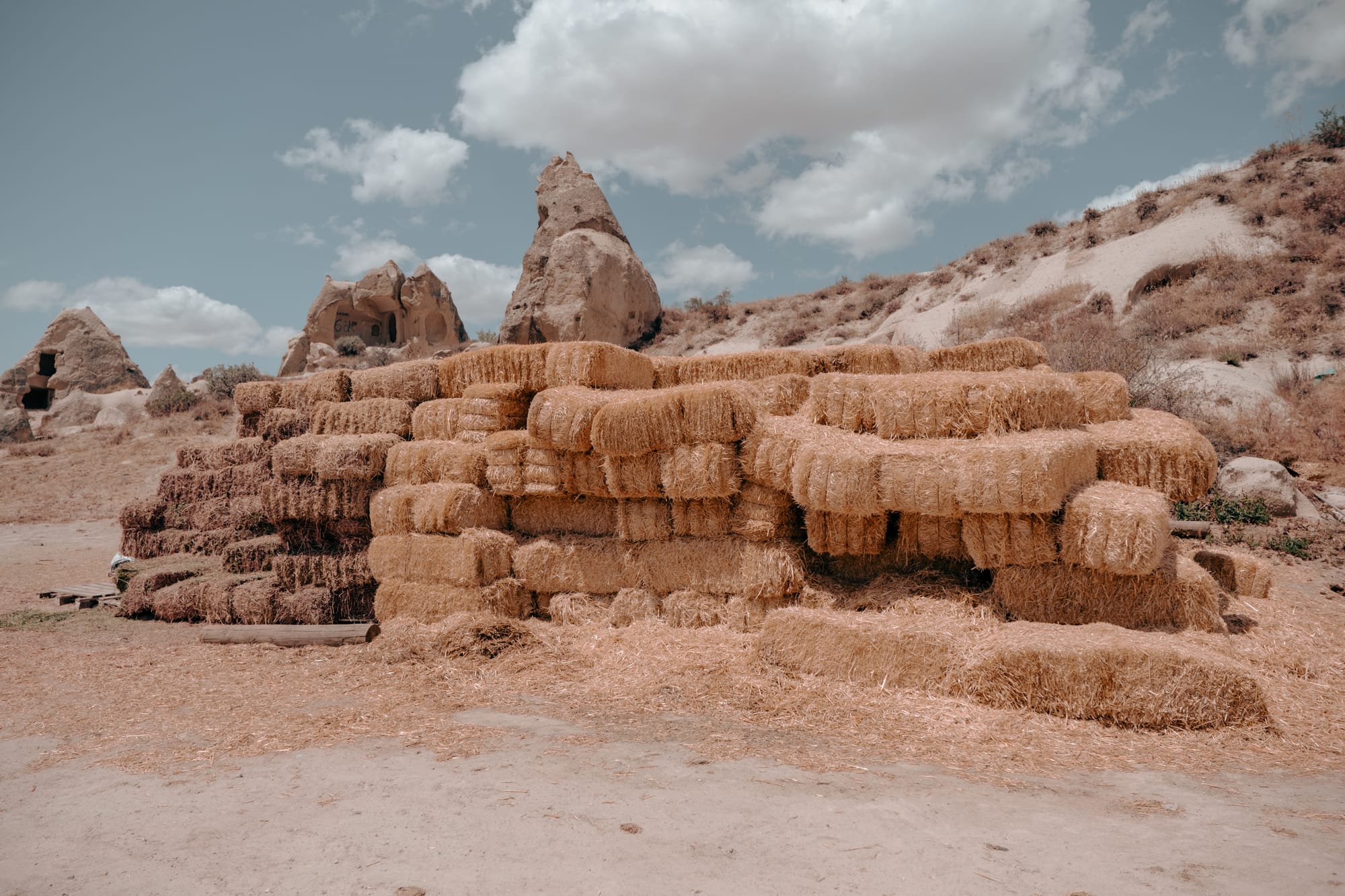
Cappadocia’s ranch life
Days here take on a looser shape. Some afternoons you wander past stables where horses wait for sunset rides, the scene unfolding like a Western film set. Other evenings you sit in a low-lit lokanta, a bowl of lentil soup grounding you after hours on the trails.
What Cappadocia offers is not convenience, but a peculiar kind of charm: working from rooftops while balloons drift above, hiking until your legs ache, and living amongst a wild and strange landscape that feels like an entirely different world. Something about that feels good for the imagination.






